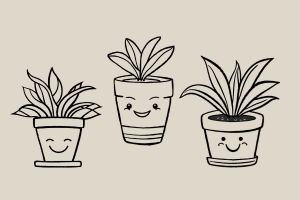
Optimal pH Levels for Healthy Plant Growth: A Comprehensive Guide
Understanding pH Levels in Soil
pH is a measure of the acidity or alkalinity of the soil. It is important for plant growth as it affects nutrient availability. The pH scale ranges from 0 to 14, with 7 being neutral. Values below 7 are acidic, and above 7 are alkaline.
Ideal pH Levels for Different Types of Plants
1. Acid-Loving Plants: Plants like azaleas, blueberries, and rhododendrons thrive in acidic soil with a pH range of 4.5 to 6.0. To maintain optimal growth, ensure the soil pH is within this range.
2. Neutral pH Plants: Many vegetables, herbs, and flowers prefer slightly acidic to neutral soil. Aim for a pH range of 6.0 to 7.0 for optimal growth.
3. Alkaline-Loving Plants: Plants like lilacs, clematis, and asparagus thrive in alkaline soil with a pH range of 7.0 to 8.5. Ensure the soil pH is suitable for these plants to flourish.
Testing and Adjusting Soil pH
To determine the pH of your soil, use a soil pH testing kit available at garden centers. If the pH is not optimal for your plants, you can adjust it by adding amendments like lime to raise pH or sulfur to lower pH.
Monitoring pH Levels
Regularly monitor the pH levels of your soil, especially if you grow a variety of plants with different preferences. Adjust the pH as needed to create ideal growing conditions for your plants.